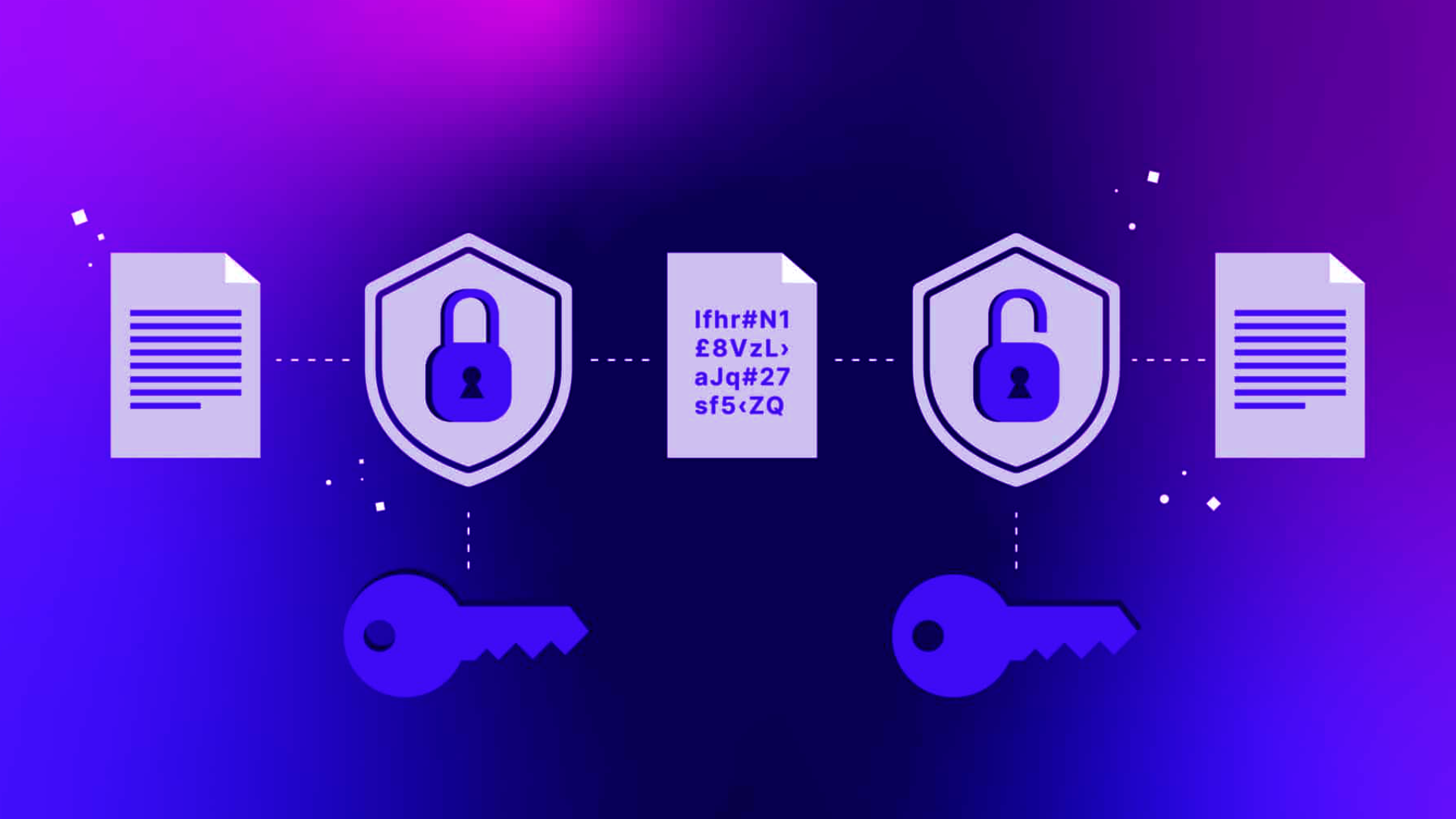Cybersecurity attacks are increasing, leading to several incidents of data theft and compromised systems, making incident response an essential aspect for every organization. Cloud computing services like AWS have empowered businesses with scalable databases to manage more data than ever. This is why organizations need effective strategies to ensure data is secure and there are no cyber security incidents.
Chief Experience Officers (CXOs) ensure a positive customer experience; incident response strategy is crucial. CXOs are responsible for developing strategies to improve client acquisition and retention. Ensuring a better incident response can improve the customer experience and ensure better retention.
This article will discuss how CXOs are essential to AWS’s incident response plan and the leadership qualities required to improve it.
Understanding the AWS Incident Response Landscape
AWS cloud services have several security features, including identity and access management (IAM). This is crucial to ensure there are no cybersecurity incidents. Further, AWS continues to enhance its capabilities to help customers effectively prevent, detect, and respond to security incidents in the cloud.
AWS introduced expanded findings support for Amazon Detective, correlating findings from Amazon Inspector to GuardDuty. This aids faster investigation of potential security issues. Detective visualization panels allow interactive exploration of related findings and affected resources to streamline analysis.
Apart from these measures, there are AWS guidelines for incident response. Following these guidelines is crucial for all organizations due to the shared responsibility model of AWS. The incident response is crucial because AWS and the customer are responsible for securing data.
Some critical aspects of the AWS incident response are:
- Differences from on-premises incident response: AWS cloud incident response requires access control, logging, and monitoring changes.
- Alignment with National Institute of Standards and Technology (NIST) guidelines: The AWS Security Incident Response Guide follows industry standards by structuring its content based on the incident response phases and concepts outlined in NIST SP 800-61 Rev. 2, providing AWS-specific guidance.
- Clear phase-based guidance: The guide provides prescriptive actions for the critical phases of incident response – preparation, detection/analysis, containment, eradication, and recovery – tailored to the AWS shared responsibility model.
- Leveraging AWS services: AWS offers services like GuardDuty, Macie, Inspector, and CloudTrail that can assist with detection, logging, threat modeling, and response automation. The services and how to use them are covered.
- Iterative process: Building an effective AWS incident response program requires regular assessment, prioritization of gaps/improvements, and iteration based on technology and business changes.
- Partner ecosystem: AWS Partners offer managed security services, consulting support, and tools to enhance a customer’s internal incident response capabilities as part of their partner ecosystem.
Implementing the AWS guidelines requires planning and strategies that align with your organizational goals. This is where the CXO role becomes crucial as they ensure the incident response strategy matches organizational goals.
Why Do CXOs Matter in Incident Response?
CXOs are at the helm of an organization’s strategic decision-making process. If there is an AWS incident, CXOs can help determine the course of action by understanding the impact on the business, compliance requirements, and the long-term implications.
Incident response often requires additional resources, including personnel, budget, or technology. CXOs have the authority to allocate these resources effectively, ensuring comprehensive tools are available for the incident response team.
CXOs are responsible for maintaining open lines of communication with stakeholders, including customers, partners, and employees. They must provide clear and transparent updates during an incident to maintain trust and credibility.
After an incident is resolved, a thorough post-incident evaluation is necessary to prevent similar issues in the future. CXOs must ensure that lessons learned are incorporated into the organization’s practices and policies.
Critical Responsibilities of CXOs in AWS Incident Response
- Establish an incident response plan: CXOs should work with the IT and security teams to develop a comprehensive incident response plan specific to AWS. This plan should outline roles, responsibilities, and escalation procedures.
- Regular training and drills: Conduct regular training sessions and incident response drills to ensure the team is well-prepared for AWS-related incidents. CXOs should champion the importance of this training.
- Continuous monitoring: Ensure AWS environments are monitored for anomalies or potential threats. CXOs should support investments in advanced monitoring tools and technologies.
- Legal and compliance: Collaborate with legal and compliance teams to ensure incident response actions align with regulatory requirements. CXOs should be aware of the legal implications of various incident scenarios.
Conclusion
CXOs play a critical role in AWS incident response planning and strategy. Their leadership, strategic thinking, and decision-making abilities significantly impact an organization’s response to incidents.
Understanding their roles and responsibilities is crucial to ensure effective communication with stakeholders before a strategic incident response plan. This includes identifying key impact areas, the significance of changes due to incidents, and ensuring enhanced user experience.
To achieve enhanced incident response and ensure AWS guidelines are implemented, CXOs need cloud security intelligence. Cloudlytics provides cloud security intelligence that helps CXOs create resilient and reliable incident response plans. Contact us to learn more about our cloud intelligence engine and its capabilities.








